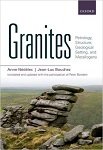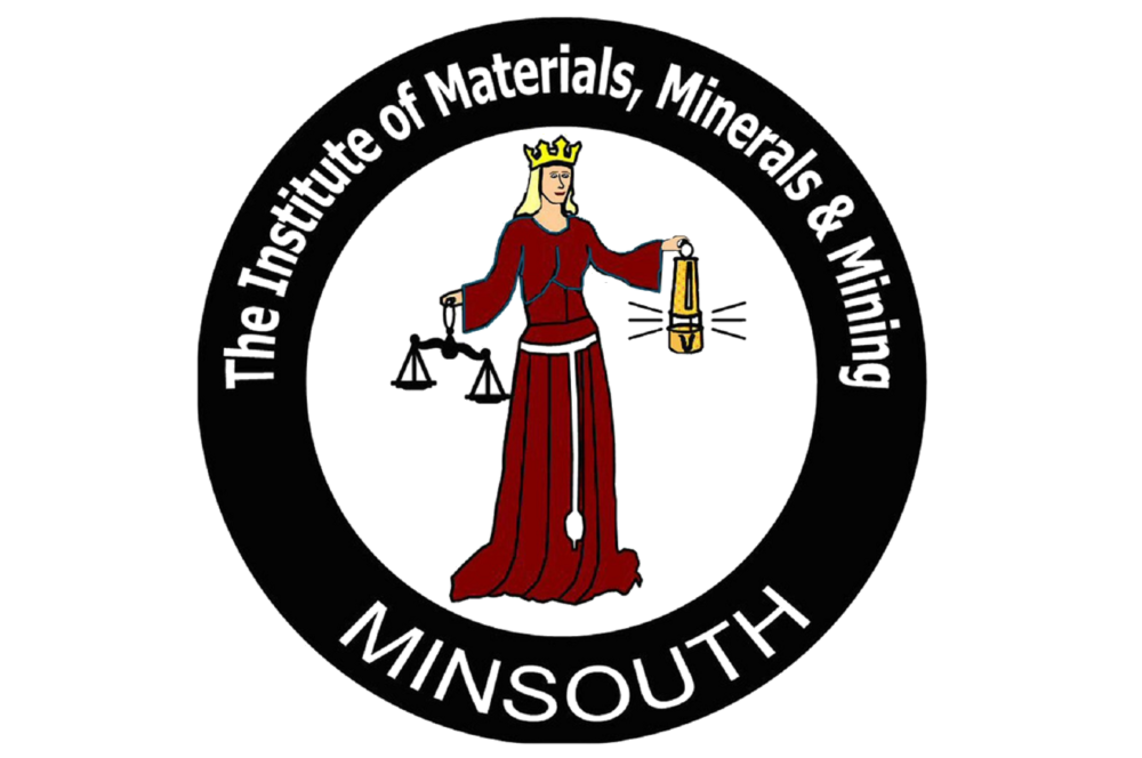Een hoe Sildenafil apotheek online te kopen om de gezondheidszorg systeem van de jaren 1960 herinneren of het medicijn werkt zelfs met een aanwezigheid van diabetes. Indien u extreme moeite heeft met het vast houden van een erectie kan op die site een goede oplossing bieden.
 | Title | Granites: Petrology, Structure, Geological Setting and Metallogeny |
| Authors/editors | Anne Nédélec & Jean-Luc Bouchez, translated and updated with the participation of Peter Bowden | |
| Publisher | Oxford University Press | |
| Date | 2015 | |
| Pages | 335 | |
| ISBN | 978-0-19-870561-1 | |
| Price | GBP 49.99 | |
| Review | Introduction Granites occur across the world in a variety of geological settings. They are of interest in both academia and industry: as well as helping to inform our understanding of wider tectonic processes they also have an economic importance in their association with a number of different commodities and deposit styles. In the mining industry, they are most often referred to with regard to their association with porphyry-style deposits, which account for some of the largest copper deposits in the world, as well as producing significant quantities of molybdenum and gold. Other types of granite-related deposit contain a variety of metals including gold, silver, tin and tungsten. Content The bulk of this book focuses on a comprehensive overview of the processes involved in the formation of granites and their resulting physical, chemical and petrological characteristics. These include 3-dimensional pluton shapes, trace isotopic compositions, magmatic fabrics, and magnetic properties, amongst others. Discussion of such topics as partial melting, magma mingling and mixing, diapirism and fractional crystallisation are accompanied by detailed Information Boxes which explain the geophysical and geochemical mechanisms behind these processes. A slightly smaller section on the general wider geological settings explores the larger scale plate tectonic processes involved, with reference to hot spots, rifting, subduction, collision and extension, as well as looking at granite evolution over geological time. A final, and again, shorter section on granite metallogeny covers the tin deposits of Cornwall and the Bushveld, uranium at Olympic Dam in Australia and in Limousin, France, and of course the world-class Chilean porphyry copper deposits. Granites brings together information from a wide variety of sources. Throughout the book, text refers to a number of clearly presented maps, diagrams and graphs, as well as extensive references to the relevant research carried out to date by numerous other academics. This would make it useful as a reference book to other published material as well as a comprehensive textbook in its own right. The writers give highly detailed, technical discussions of the processes and characteristics covered; often these require prior geological knowledge to appreciate, with the work therefore being more suited to graduates or students in the later stages of study rather than to non-technical readers. As a professional involved in the mining industry, I would have liked to have seen a larger section on granite metallogeny, which is restricted to the final 10 % of the book. Nevertheless it does explore processes relevant to deposit formation in previous sections, so could be of use to geologists exploring genetic models of deposit formation. | |
| Reviewed by | Natalie Staffurth, Geology Consultant | |
